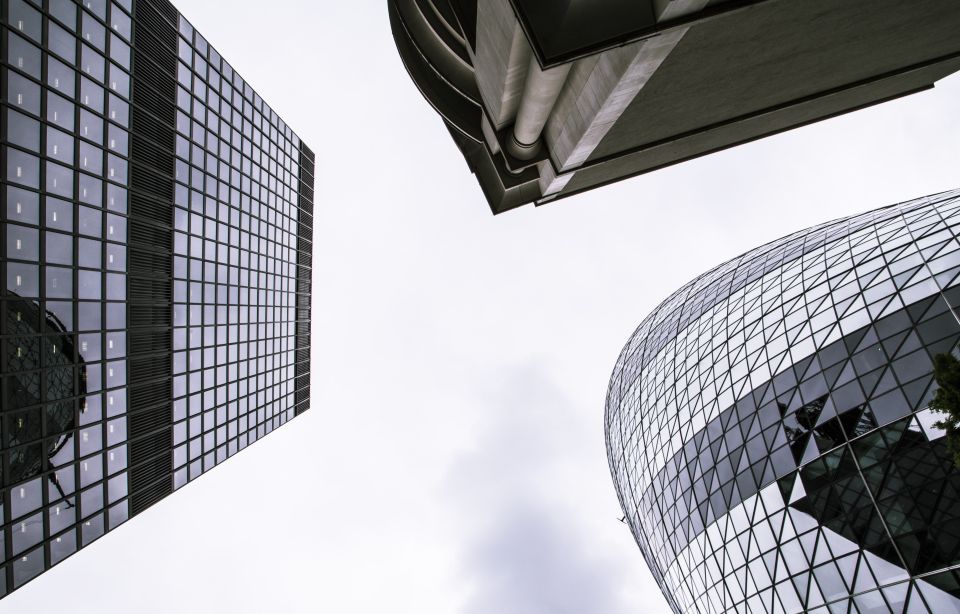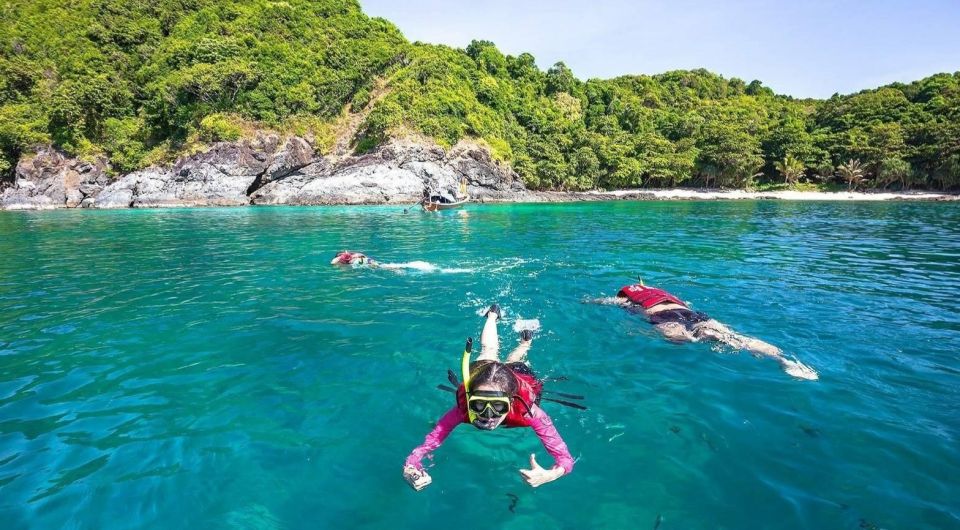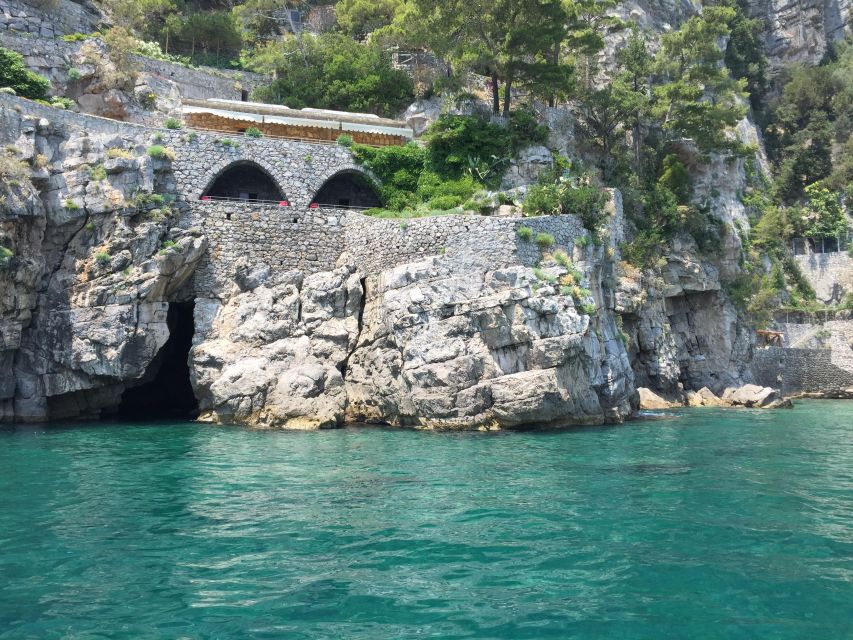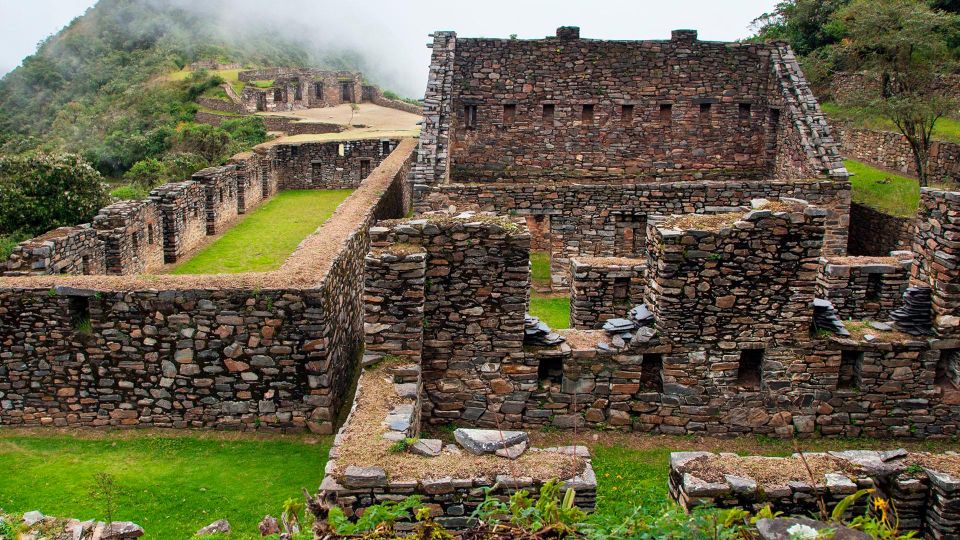Saturnia’s thermal waters have captivated visitors for over 2,500 years, their healing properties recognized since the Etruscan era. The Roman period transformed the site into a renowned spa destination, leaving behind impressive ruins and artifacts. Today, the Cascate del Mulino hot springs continue to attract travelers seeking a transformative, mineral-rich bathing experience amidst the region’s natural beauty and historical significance. But the true allure of Saturnia lies beyond the steaming pools, as the rolling hills conceal intriguing glimpses into the ancient town of Aurinia and its captivating past.
Key Points
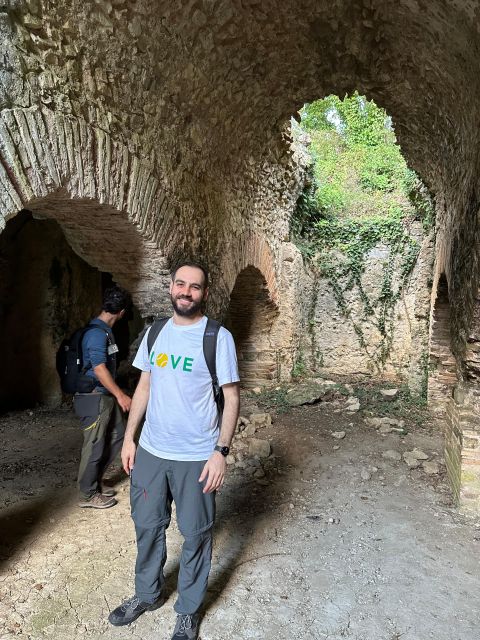
• Saturnia’s thermal springs have captivated visitors for over 2,500 years, with the Etruscan civilization recognizing their mystical healing properties.
• The Romans transformed the site into a renowned spa destination, building upon the Etruscan legacy and harnessing the restorative benefits of the mineral-rich waters.
• The Cascate del Mulino springs continue to attract travelers, offering a transformative bathing experience in a stunning natural setting with panoramic vistas.
• Hiking to the Roman-era Castellum Acquarum cistern provides a glimpse into Aurinia’s rich history and the site’s integral role in the region’s ancient water distribution system.
• Visitors to the thermal complex must exercise caution and proper preparation, as the site may be unsuitable for certain individuals and can be affected by weather conditions.
Exploring the Thermal Complex
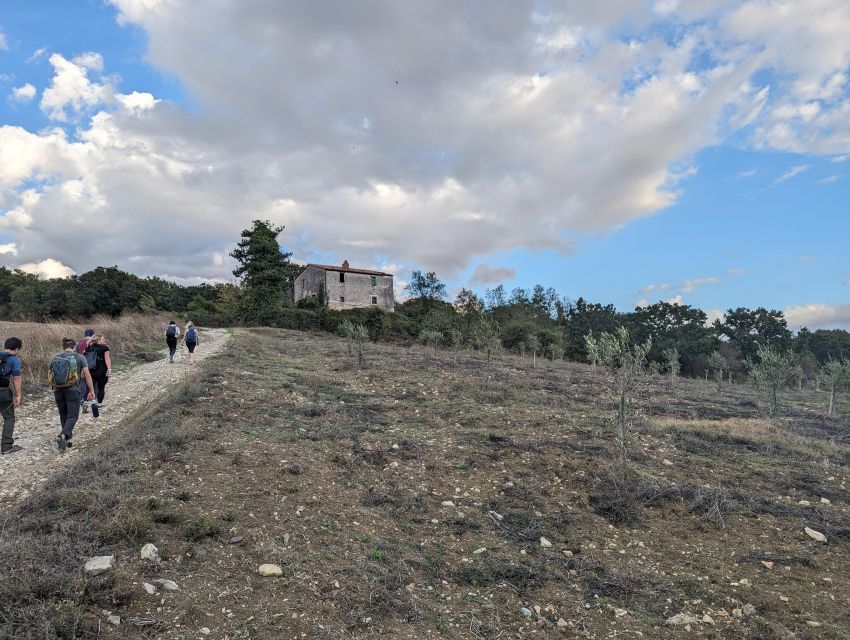
Nestled amidst the rolling hills, the Saturnia thermal complex has captivated visitors for over 2,500 years, beckoning them to enjoy its restorative waters.
Tracing its origins back to the Etruscan era, the site was later developed by the Romans, who recognized the healing properties of the natural springs.
Today, visitors can hike through the thermal area, marveling at the impressive Roman cistern and taking in the panoramic vistas.
The main attraction, the Cascate del Mulino, invites guests to soak in the steaming, mineral-rich waters, allowing the therapeutic properties to work their magic.
Whether seeking relaxation or rejuvenation, the Saturnia thermal complex offers a truly unique and authentic experience.
History of Saturnia’s Healing Waters
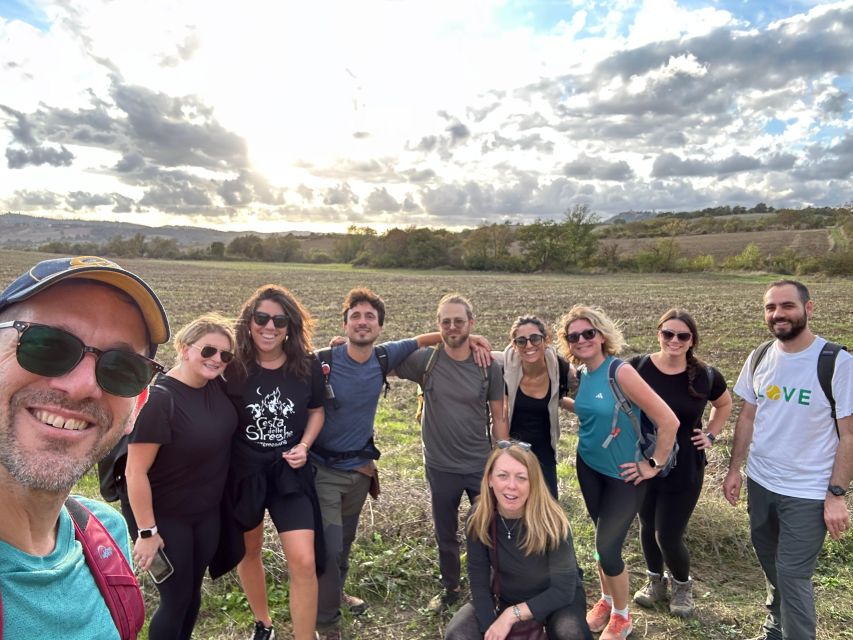
Saturnia: The Mysterious Healing Waters
For over 2,500 years, Saturnia’s healing waters have captivated visitors, drawing them to the region’s natural thermal springs.
The site’s history can be traced back to the Etruscan era, when the volcanic phenomena observed at the location were seen as an expression of deities by the local population.
During the Roman period, a settlement was built to accommodate the influx of visitors sent by doctors to experience the waters’ purported healing properties.
Even today, the Cascate del Mulino thermal springs continue to attract travelers seeking the same restorative benefits that have lured people to Saturnia for millennia.
The Etruscan Connection
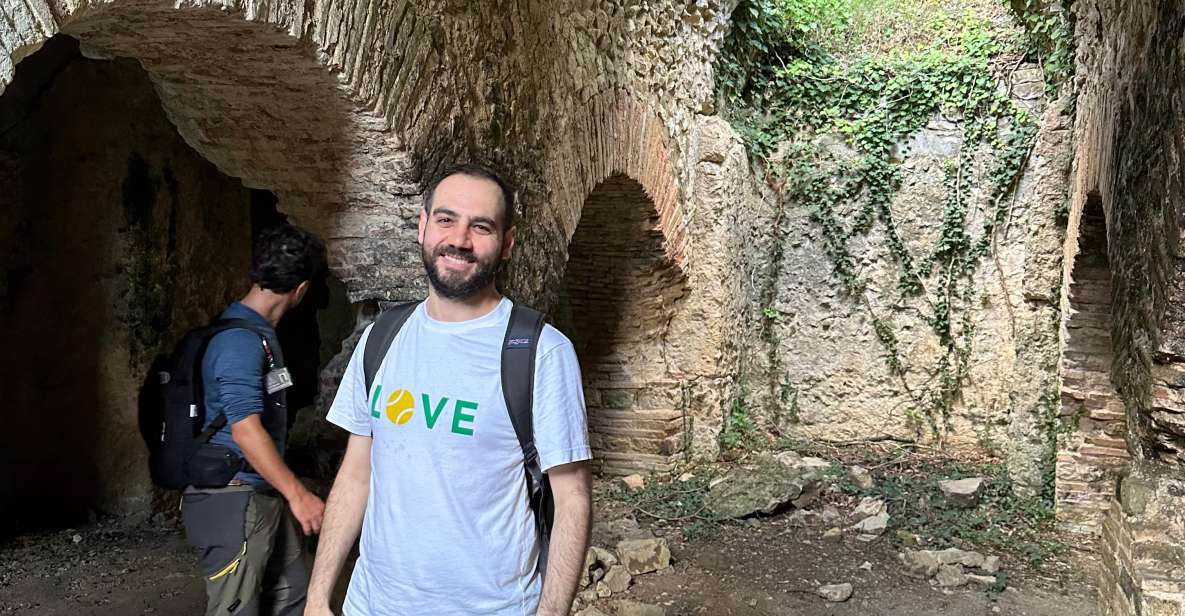
The Etruscan people recognized the mystical nature of Saturnia’s thermal springs, regarding the volcanic phenomena as a divine expression. They exploited the healing properties of the waters long before the Romans arrived.
The Etruscans saw these natural wonders as a manifestation of the gods, a sacred place where they could commune with the divine. The thermal complex at Saturnia was likely an important religious and healing site during the Etruscan era.
The Romans later built upon this legacy, developing the area into a renowned spa destination. The Etruscan connection underscores the deep historical significance of Saturnia’s healing waters, which have captivated visitors for over 2,500 years.
Hiking to the Roman Cistern
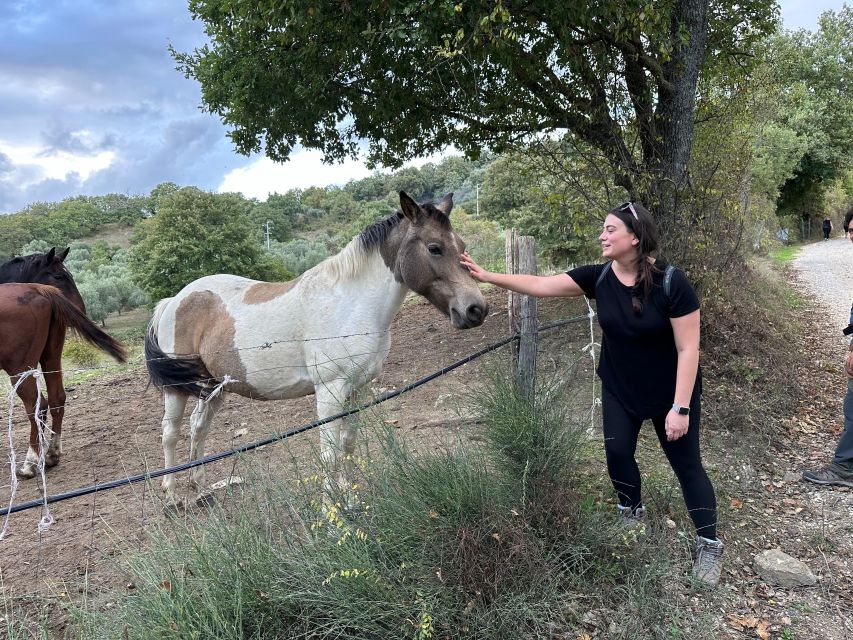
As visitors make their way towards the thermal complex, the path leads them on a scenic hike towards the impressive Roman cistern, known as the Castellum Acquarum. Perched atop a hill, the cistern offers a panoramic view of the surrounding landscape.
Constructed during the Roman era, this engineering marvel served as a water distribution center, channeling the region’s natural thermal springs to nearby settlements.
Along the way, hikers can discover the secrets of ancient Aurinia, the Roman name for Saturnia. The ruins and artifacts found here provide a glimpse into the area’s rich history, where the healing properties of the waters were revered since Etruscan times.
This hike offers a chance to explore the site’s fascinating past while taking in the breathtaking vistas.
Panoramic Views From the Top

From the top of the hill, visitors are rewarded with an incredible panorama that showcases the surrounding landscape.
The viewpoint offers a stunning vista of the ancient Saturnia valley, where the thermal waters have been flowing for over 2,500 years.
Visitors can gaze out over the lush rolling hills, dotted with olive groves and vineyards, and catch a glimpse of the steaming Cascate del Mulino in the distance.
The scene is a perfect blend of natural beauty and historical significance, transporting visitors back in time to the Etruscan and Roman eras when this thermal complex was revered for its healing properties.
It’s a truly remarkable vantage point that leaves a lasting impression on all who witness it.
Uncovering Aurinia’s Ancient Secrets
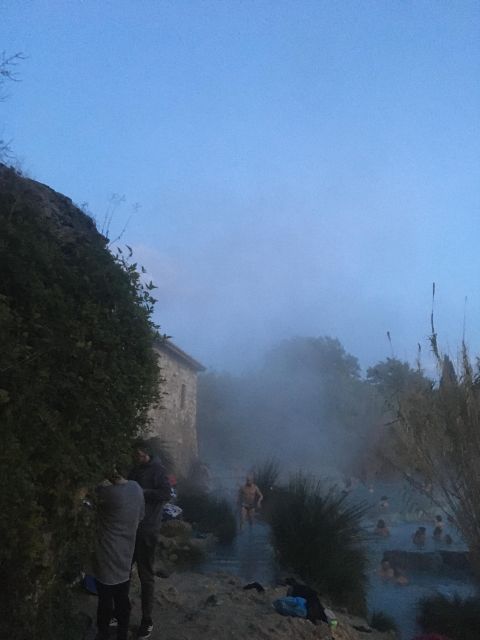
Visitors exploring Saturnia soon uncover the ancient secrets of the nearby settlement of Aurinia, once a thriving community during the Etruscan and Roman eras.
Guided hikes through the thermal complex lead to the ruins of this ancient town, where remnants of its former grandeur still stand.
Amidst the crumbling walls and foundations, guests can envision the bustling marketplace, public baths, and religious temples that once occupied this site.
Discoveries like the remnants of the Roman cistern, known as the Castellum Acquarum, provide tangible links to Aurinia’s past.
Bathing in the Cascate Del Mulino
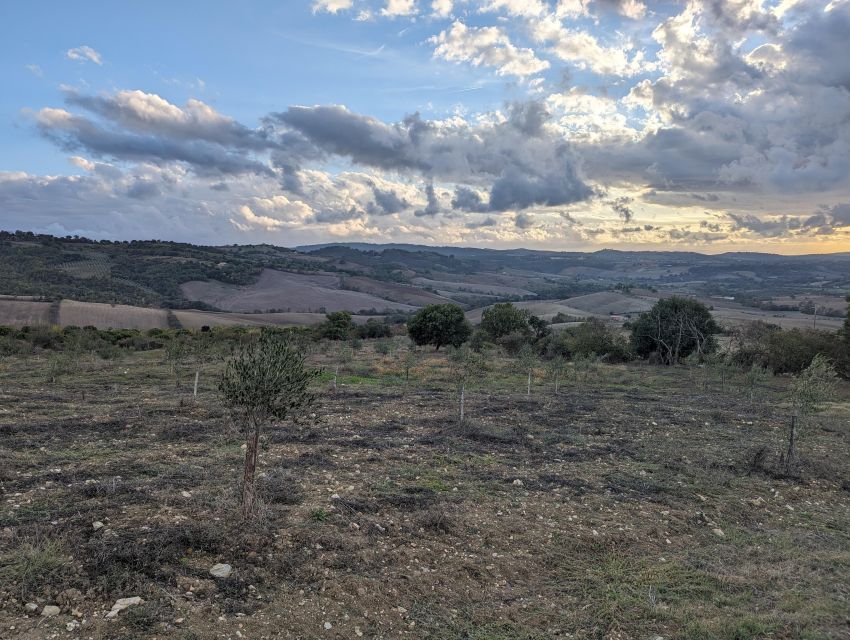
Saturnia: The Mysterious Healing Waters
After exploring the ancient ruins of Aurinia, visitors can’t resist the allure of Saturnia’s famous Cascate del Mulino. These healing thermal waters have beckoned bathers for over 2,500 years, drawing visitors from near and far to enjoy their restorative powers.
The cascading pools offer:
- Soothing warmth that melts away stress
- Mineral-rich waters that nourish the skin
- Stunning natural beauty that captivates the senses
- A timeless connection to the region’s rich history
Submerging oneself in these enchanting waters is a truly transformative experience, leaving visitors feeling refreshed, rejuvenated, and reconnected with the timeless wonder of this remarkable place.
Practical Information and Disclaimers
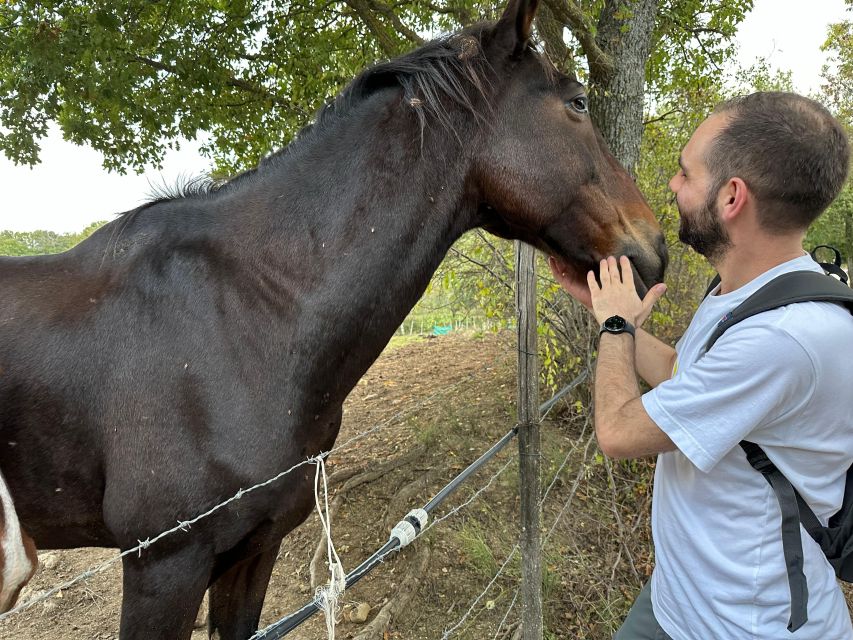
In an article titled ‘Saturnia: The Mysterious Healing Waters’, it’s now time to discuss the ‘Practical Information and Disclaimers’.
The thermal complex isn’t suitable for children under 4, wheelchair users, visually impaired individuals, or people over 95 years old.
Visitors are advised to bring their own towels, beachwear, and hiking shoes, as well as water for hydration.
It’s important to note that the excursion may be canceled due to inclement weather or other dangerous conditions.
Careful planning and preparation are essential to ensure a safe and enjoyable experience at this historic thermal complex.
Frequently Asked Questions
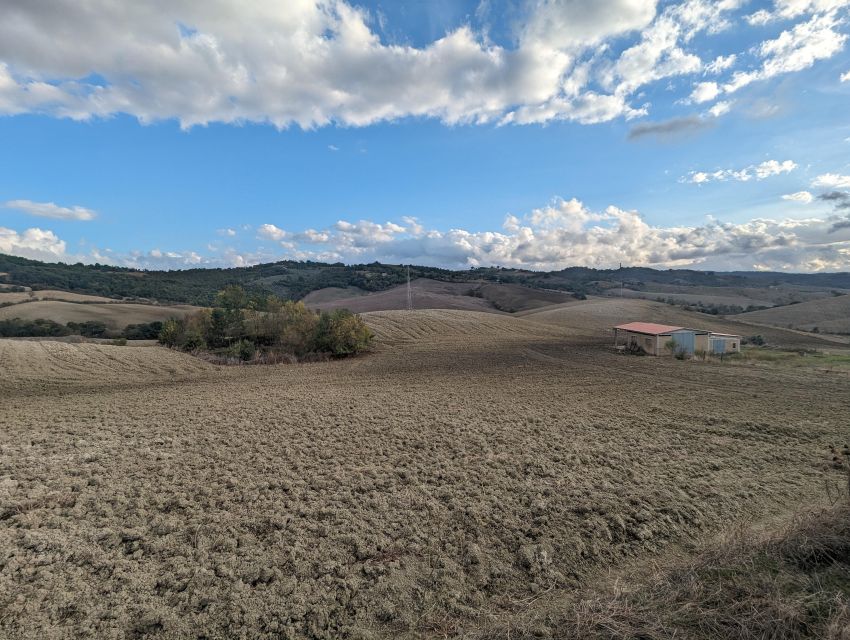
Are There Any Special Health Requirements to Visit the Thermal Baths?
The thermal baths are not suitable for children under 4, wheelchair users, the visually impaired, or people over 95. Visitors should bring towels, beachwear, hiking shoes, and water. The excursion may be canceled due to bad weather or dangerous conditions.
Is Photography Allowed in the Thermal Baths?
Photography is generally allowed in the Cascate del Mulino thermal baths area. Visitors should be mindful of others and avoid disrupting the peaceful atmosphere. Check with the guide or staff for any specific guidelines or restrictions on photography.
Are There Any Age Restrictions for Children Visiting the Site?
The excursion notes state that the activity is "Not suitable for children under 4". This indicates there’s an age restriction, and young children may not be allowed to visit the Cascate del Mulino thermal area.
Can I Bring My Own Food and Drinks to the Thermal Complex?
Visitors are welcome to bring their own food and drinks to the Saturnia thermal complex. However, it’s recommended to avoid consuming alcoholic beverages as they may interfere with the therapeutic benefits of the healing waters.
Is the Thermal Complex Open Year-Round or Are There Seasonal Closures?
The thermal complex at Saturnia is open year-round, though it may have occasional seasonal closures depending on weather conditions. Visitors should check the complex’s website or contact them directly to confirm current operating hours and any potential closures.
Recap
Saturnia’s thermal waters have captivated visitors for millennia, offering a transformative bathing experience amidst natural beauty and historical significance.
The ancient Etruscan and Roman legacies have left an indelible mark on the region, with ruins and artifacts providing a glimpse into its intriguing past.
Today, the Cascate del Mulino hot springs continue to draw travelers seeking to enjoy Saturnia’s mineral-rich, healing waters and uncover the mysteries of this timeless destination.


